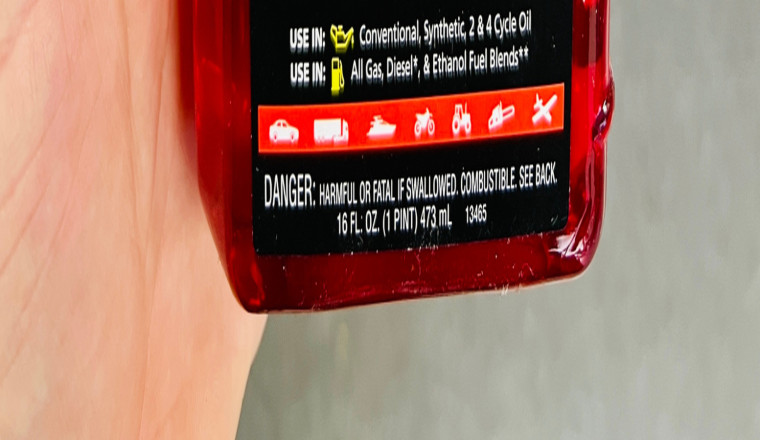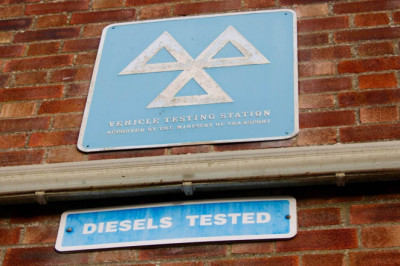
Before we get into the secret ingredients behind Marvel Mystery Oil, it's probably a good idea to first explain that the stuff is — because it sounds like something Spider-Man would use to refill his web-shooters. But it's not. Burt Pierce developed it in 1923 as an oil/fuel additive to help prevent plugged carburetor jets, which were likely to get clogged-up by the era's high-lead fuel and other contaminants.
That would seem to kind of limit its functionality, since the last carbureted engine sold new in America was in 1994. But don't worry — Burt also touts some other benefits to his Marvel Mystery Oil. Among them are the ability to create a strong seal between the piston rings and the cylinder walls for higher compression and less blow-by — the term for when exhaust gas gets past the piston rings and into the engine crankcase. Other advantages, per Mr. Pierce, include more power, better gas mileage, and less engine wear.
Marvel Mystery Oil can be used in other ways beyond adding it to fuel or oil, too. Again according to the company — now owned by Turtle Wax — you can use it as an additive for automatic transmission fluid and power-steering fluid as well.
 Lost_in_the_Midwest/Shutterstock
Lost_in_the_Midwest/Shutterstock
There's really no mystery about the ingredients for Marvel Mystery Oil. Checking a Marvel data sheet tells us the oil contains mostly products distilled from petroleum. Hydrotreated heavy naphthenic distillates account for 60% to 100% of Marvel Mystery Oil, with Stoddard solvent distillates making up roughly 10% to 30%. Also in the mix, literally, is no more than 1% each of tricresyl phosphate, ortho dichlorobenzene, and para dichlorobenzene.
Without going too far into the chemistry of it all, the naphthenic distillates lubricate and reduce emissions while the Stoddard solvents are cleaners. The first two trace elements add further cleaning abilities to the Marvel Mystery Oil, and the last, listed primarily as an insecticide, is yet another mystery.
Another important way of looking at the Mystery Oil's makeup is that — again directly from the fact sheet — it contains more than 24% volatile organic compounds. (Don't blame us if the math doesn't add up here, as the numbers come straight from the fact sheet.) These compounds are pretty nasty, with the American Lung Association saying that breathing them in can lead to organ damage, harm the central nervous system, and cause cancer. Unfortunately, they're not all that rare in the auto-verse: They even create that new car smell that's also been linked with cancer.
 Nora Carol Photography/Getty Images
Nora Carol Photography/Getty Images
The real mystery about Marvel Mystery Oil is whether it works. Well, the answer to the question is a resounding "It depends on who you ask." Online third-party scientific testing of Marvel Mystery Oil — in any of its applications — is definitely hard to come by.
That said, the consensus seems to be that the stuff can be effective at cleaning older engines, especially carbureted ones. On the other hand, folks also point out that modern motors are specifically engineered to run on the manufacturers' recommended fuel and oil, without any additives. The company also claims it works as a fuel stabilizer to prevent gas going bad from sitting too long before it's used — although it wasn't among the products tested when we researched if fuel stabilizer is bad for your engine.
In addition, people swear by it as a lubricant, again, especially in older vehicles, and, interestingly, in air tools. You'll even find plenty of mechanics, professional and otherwise, who have had positive results using it in automatic transmissions. Have you used Marvel Mystery Oil? Let us know your experience in the comments.














